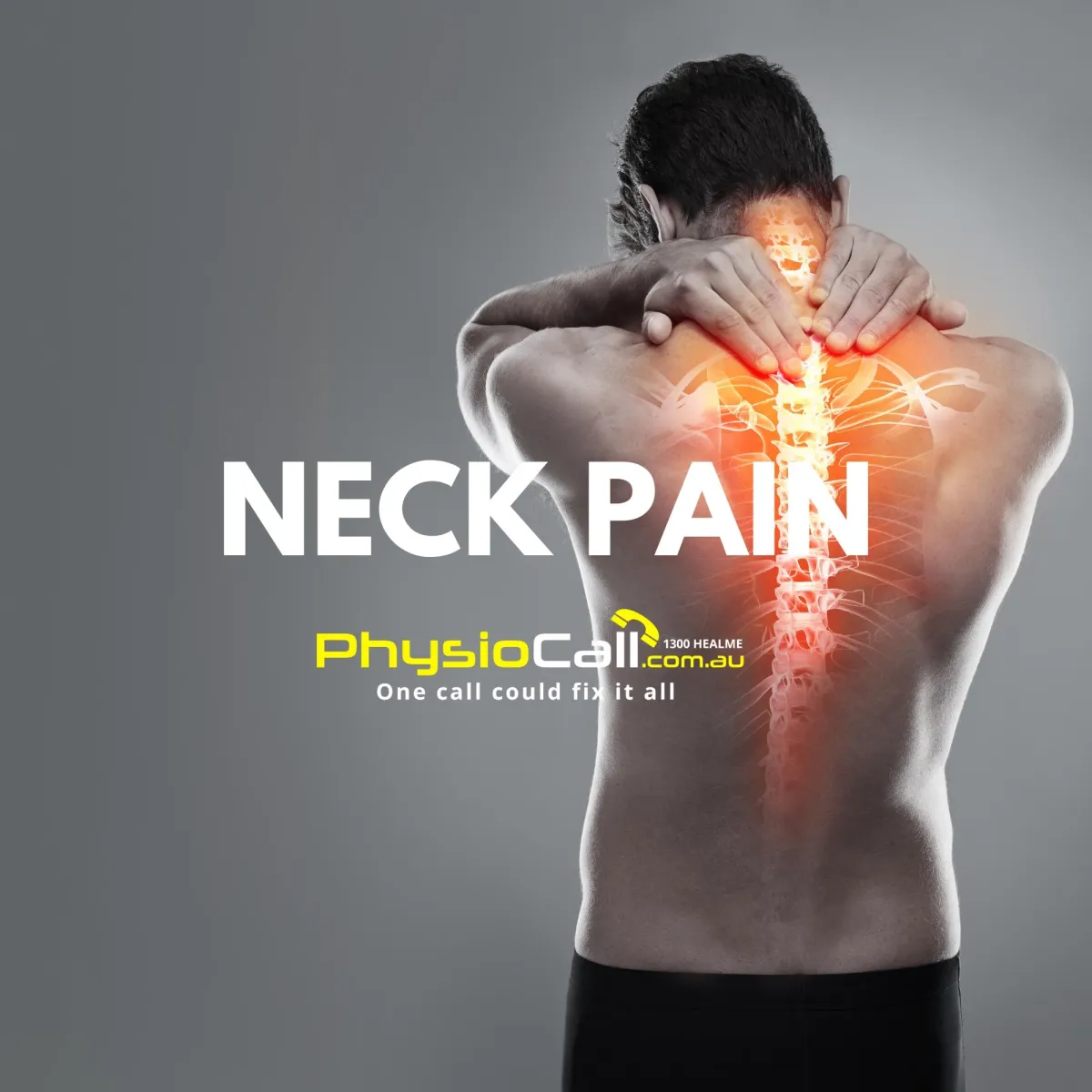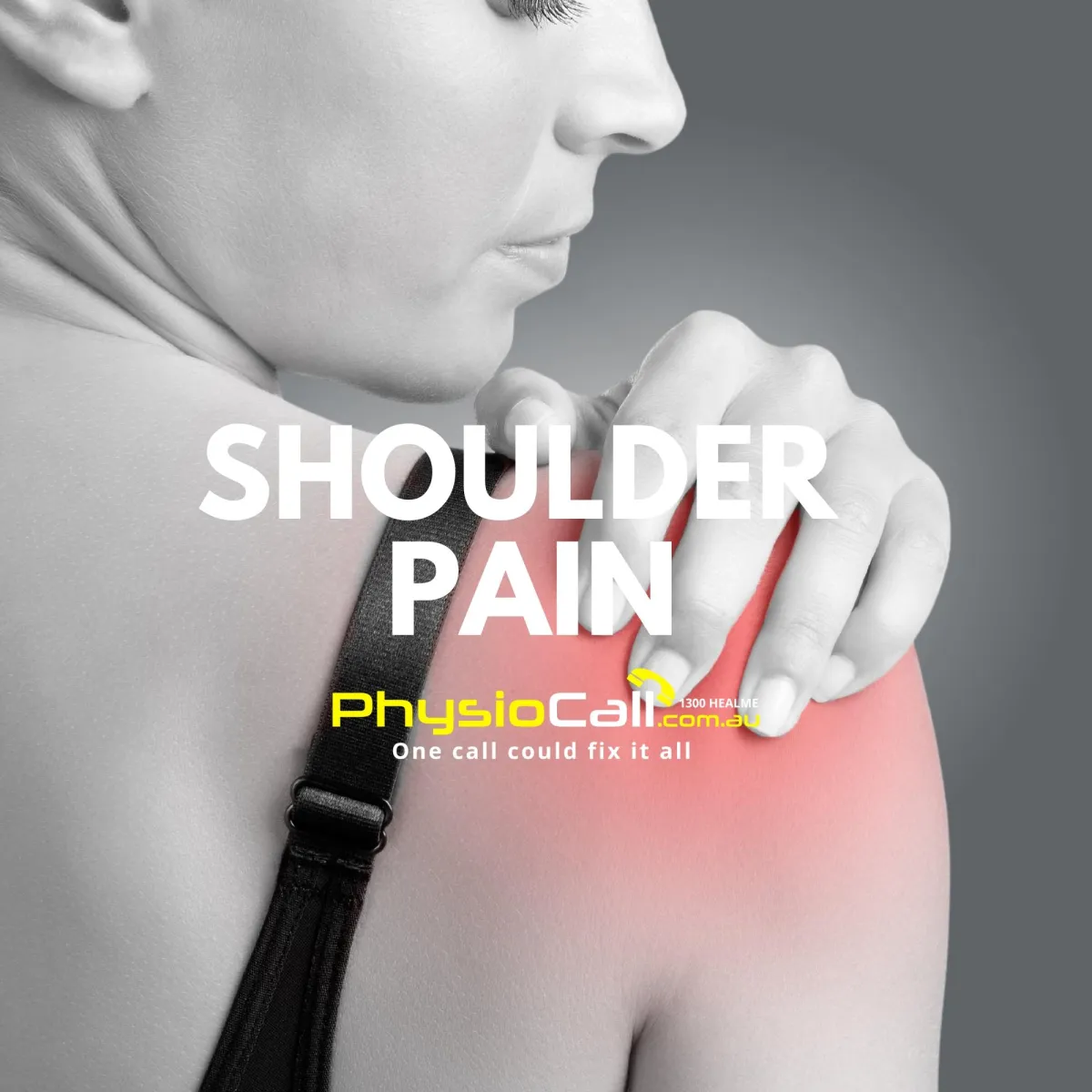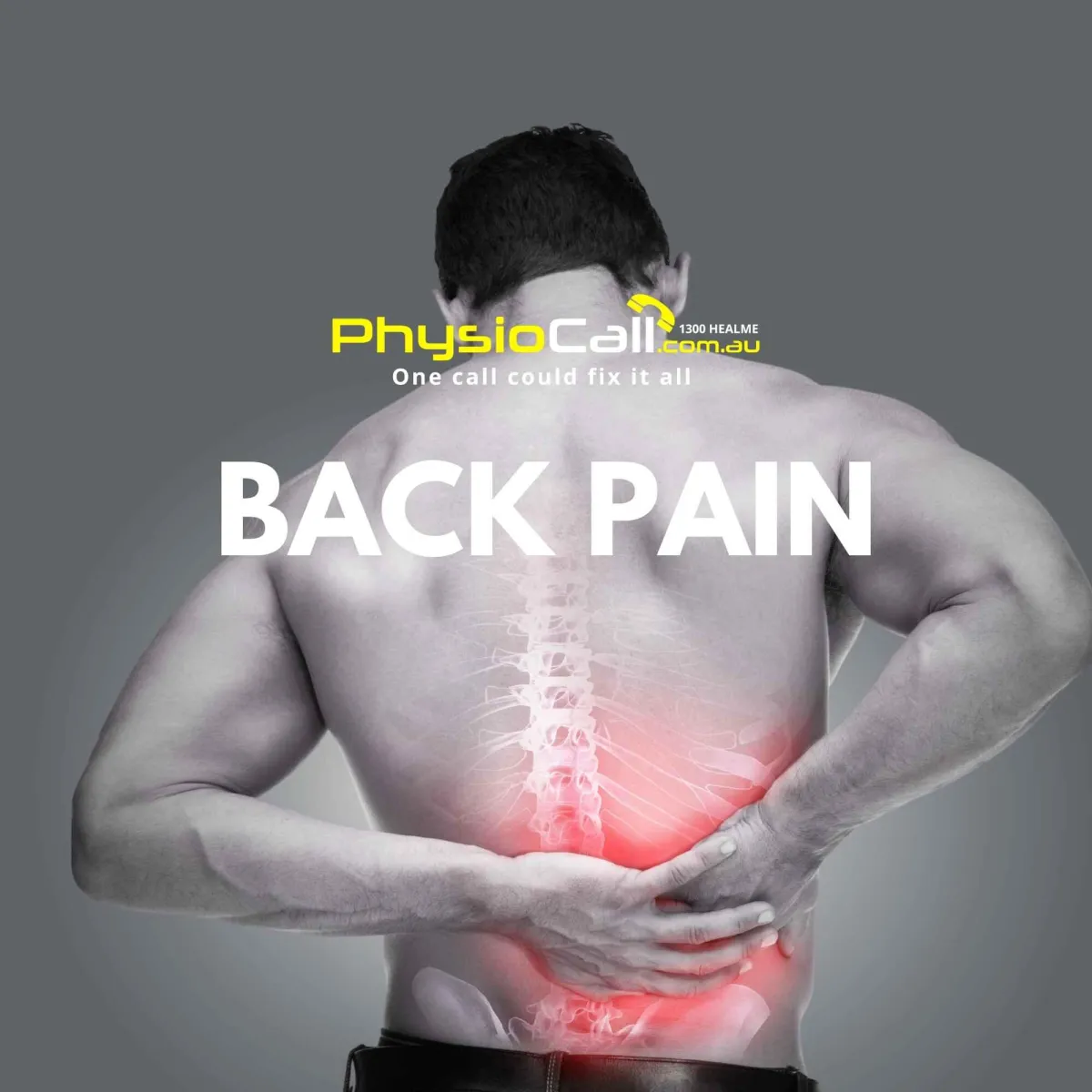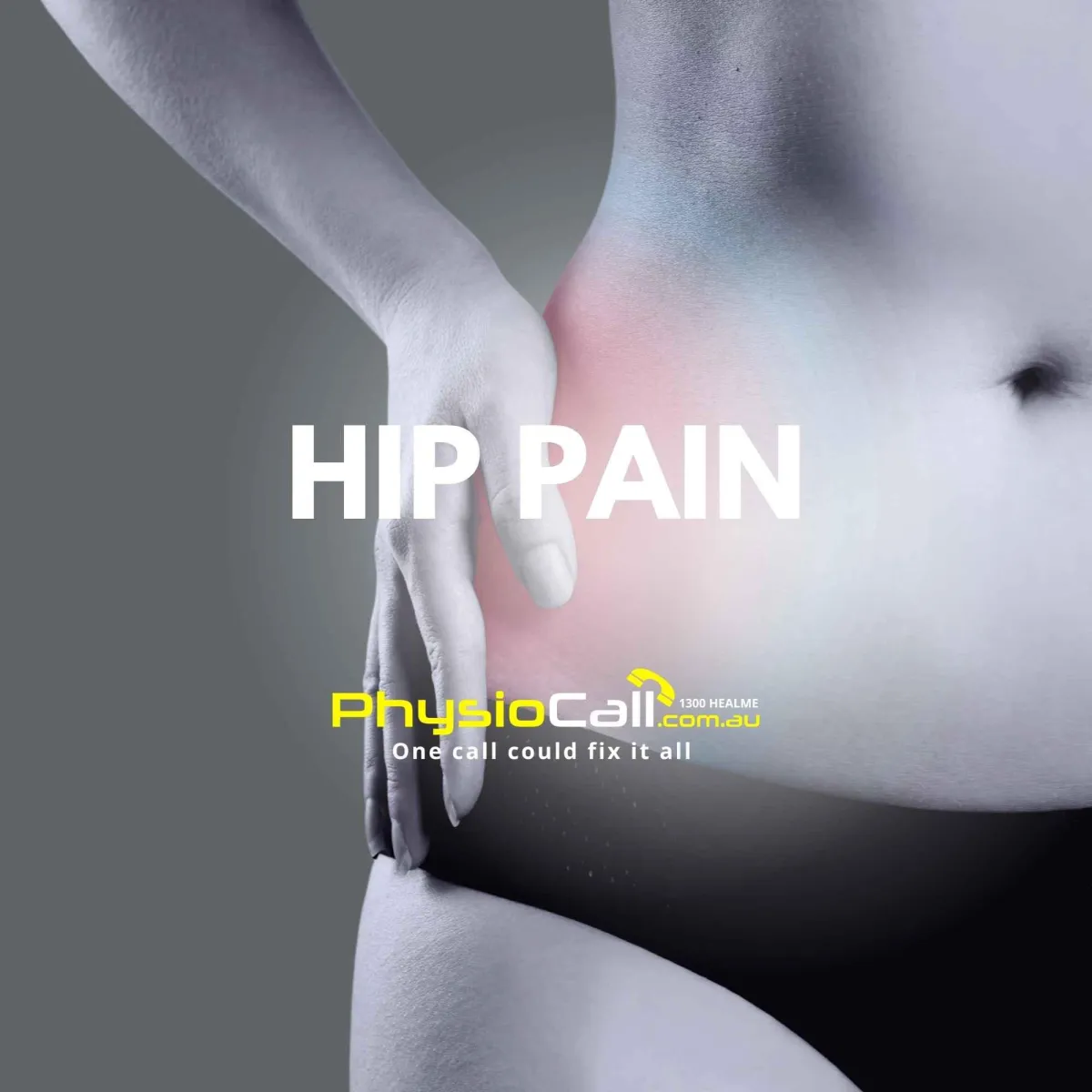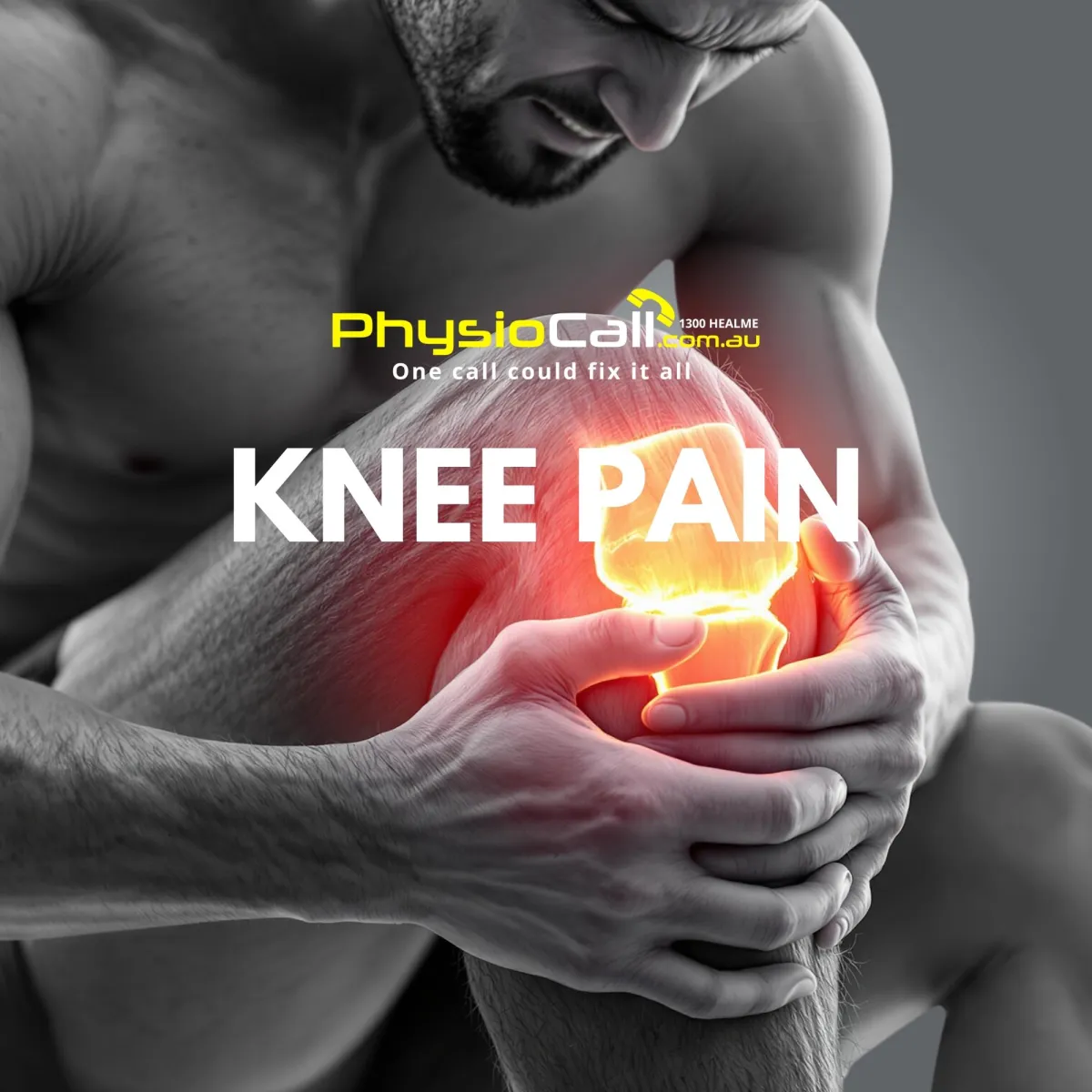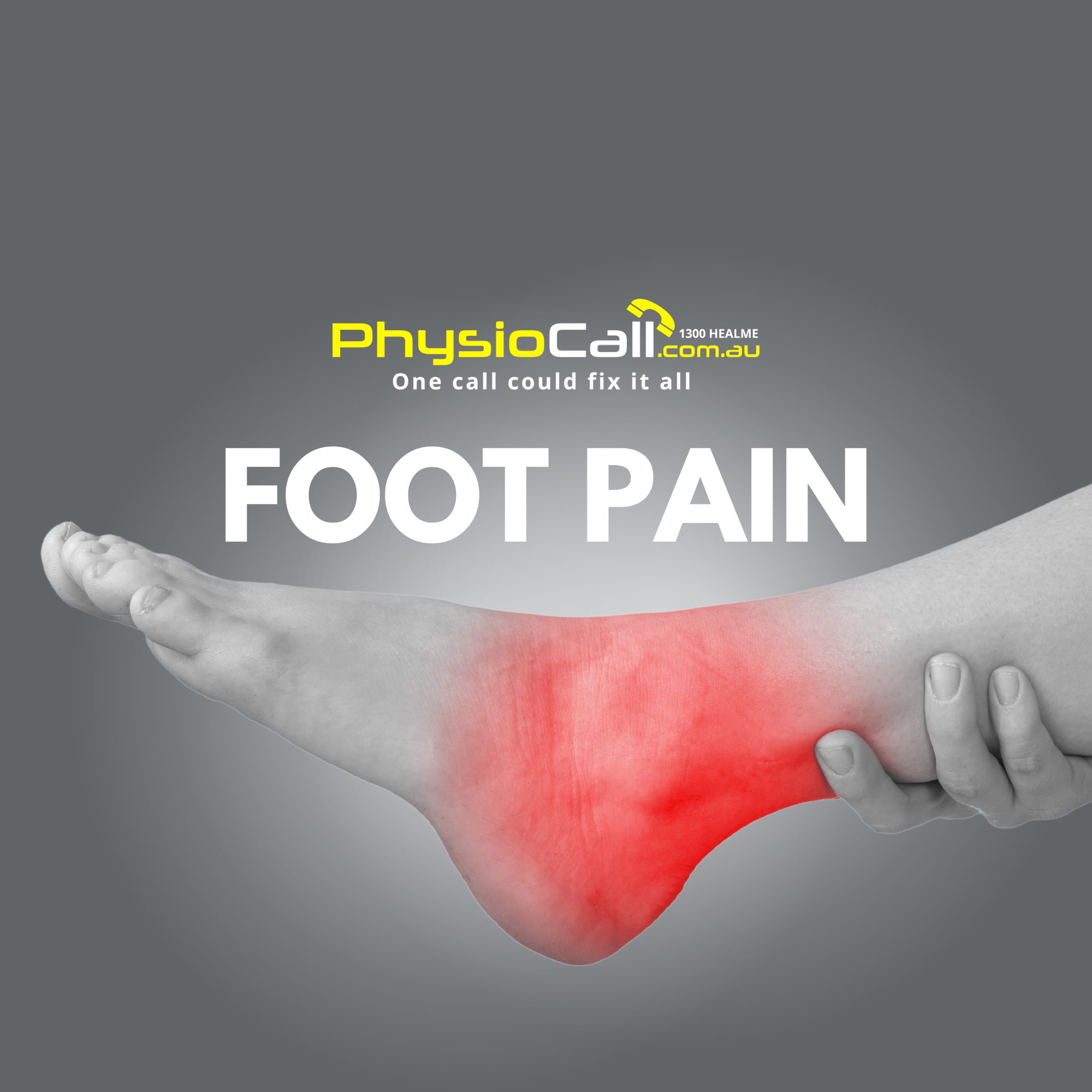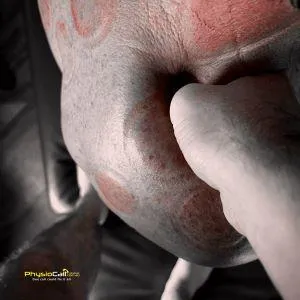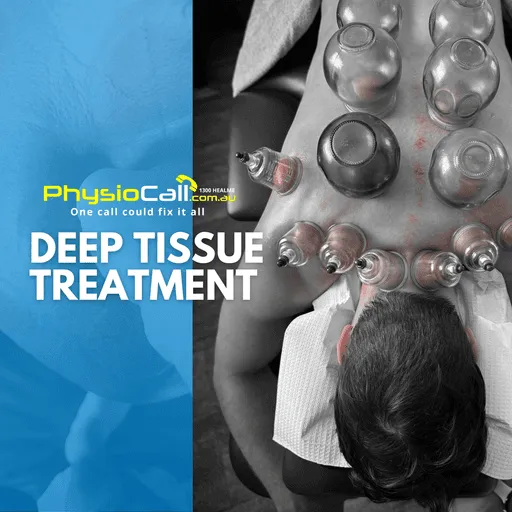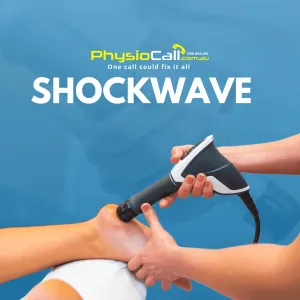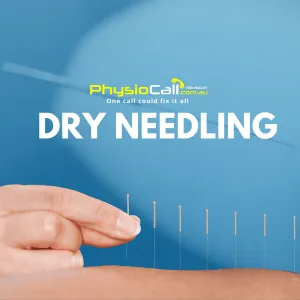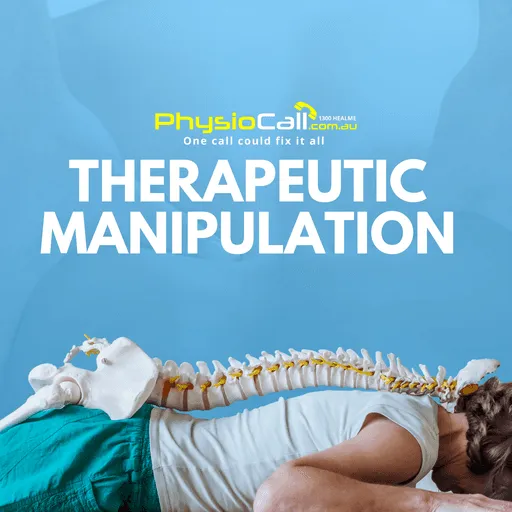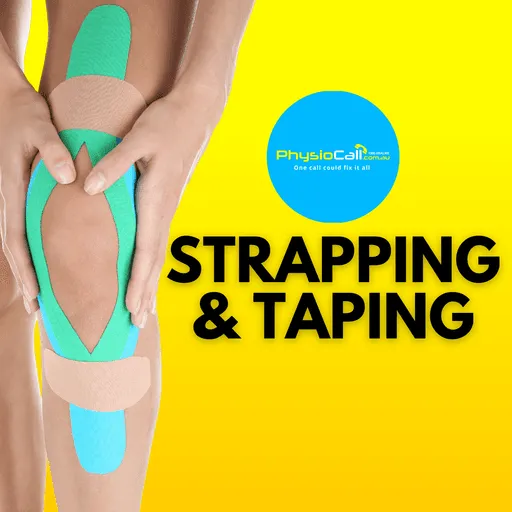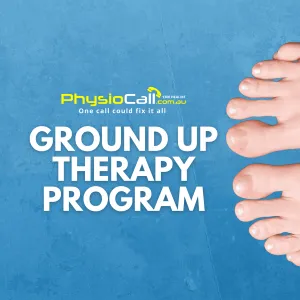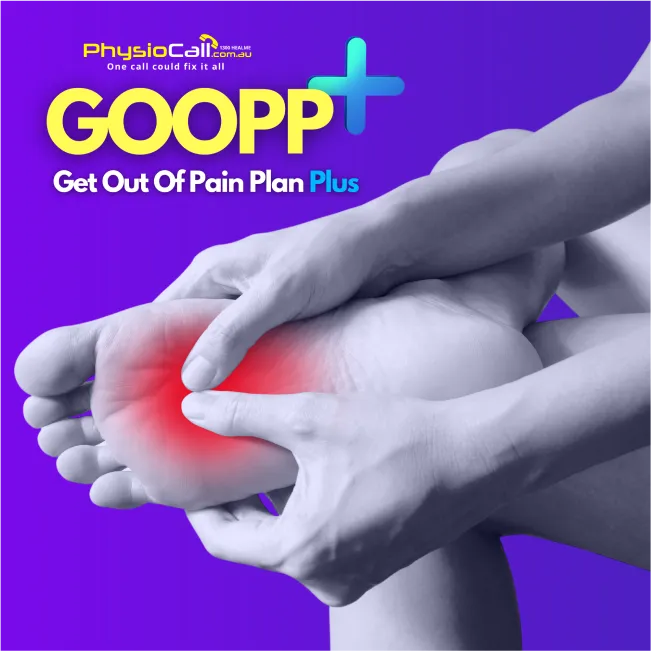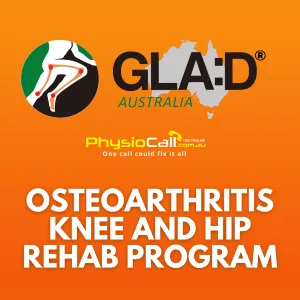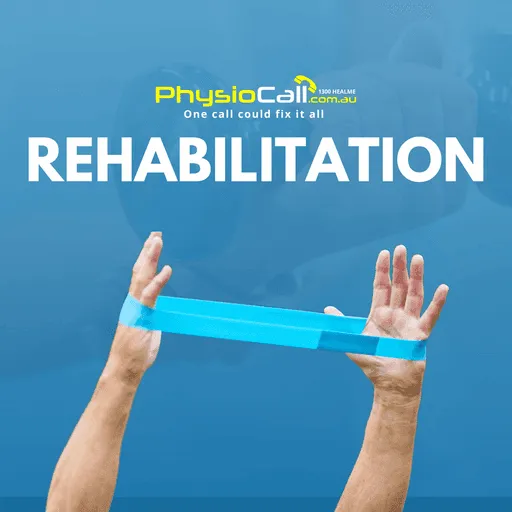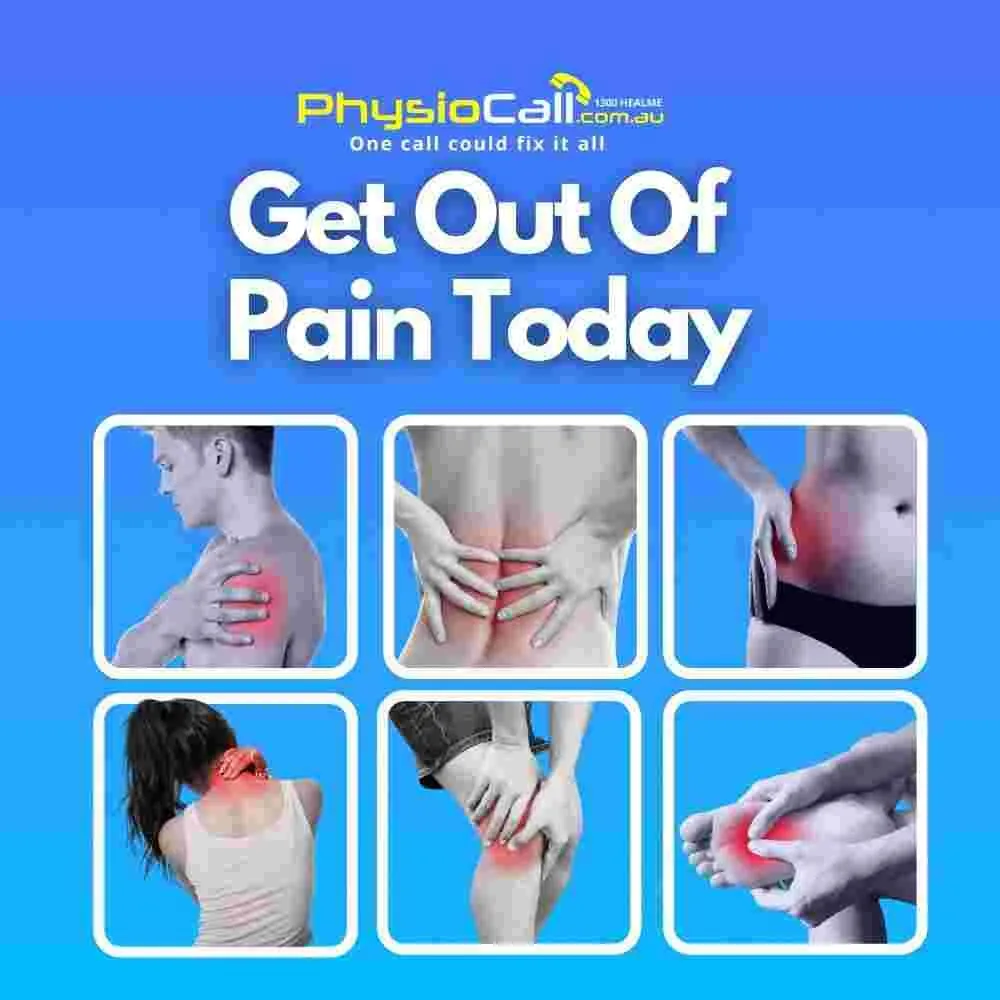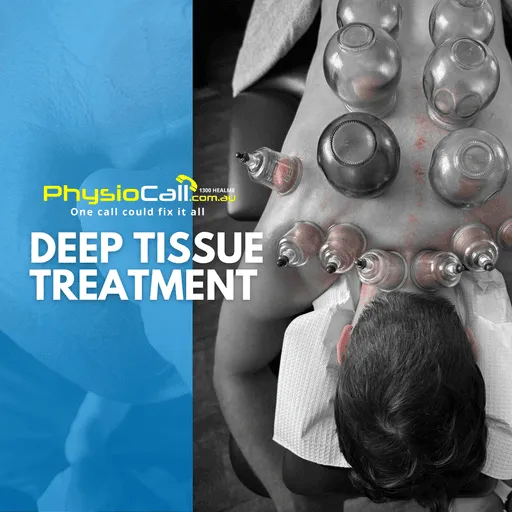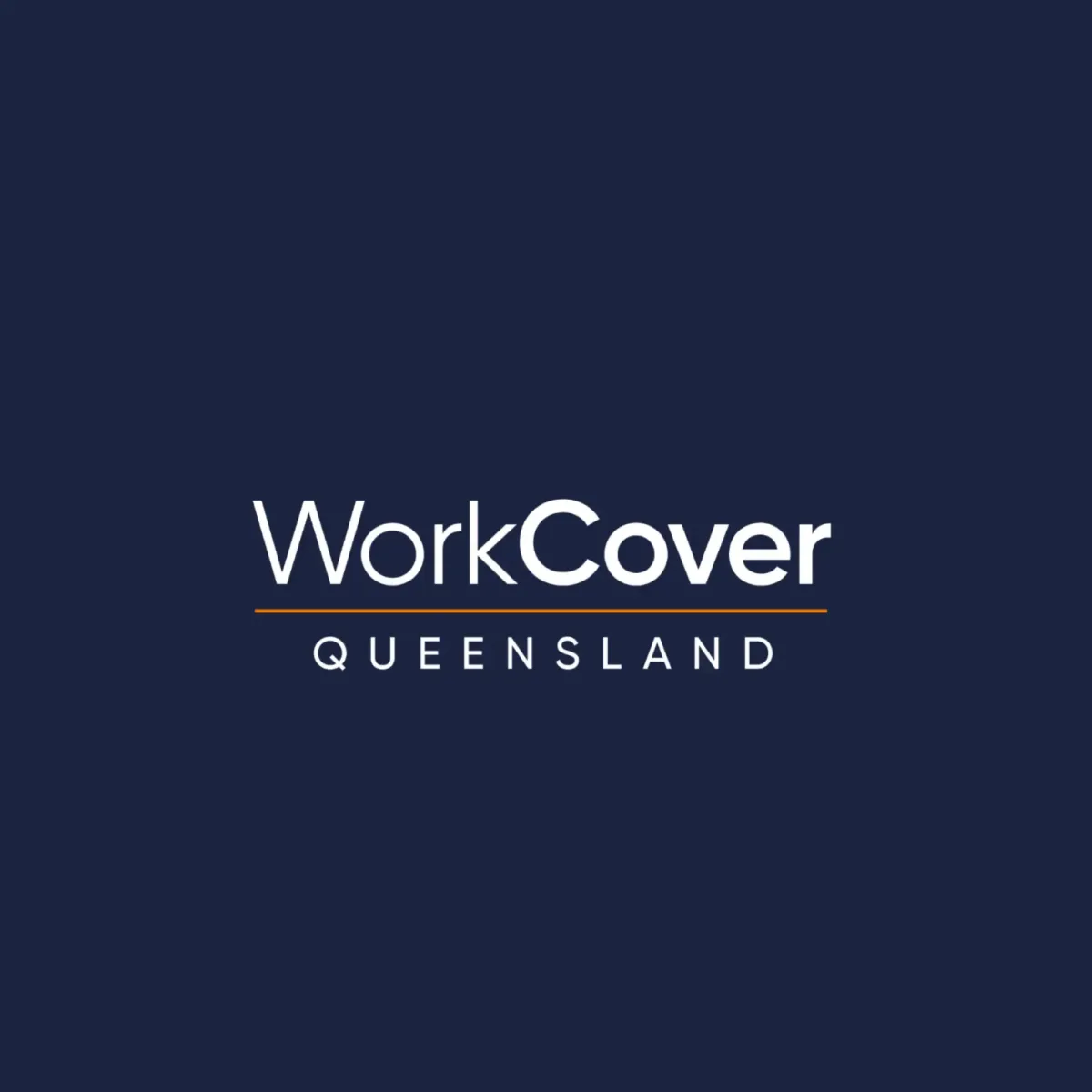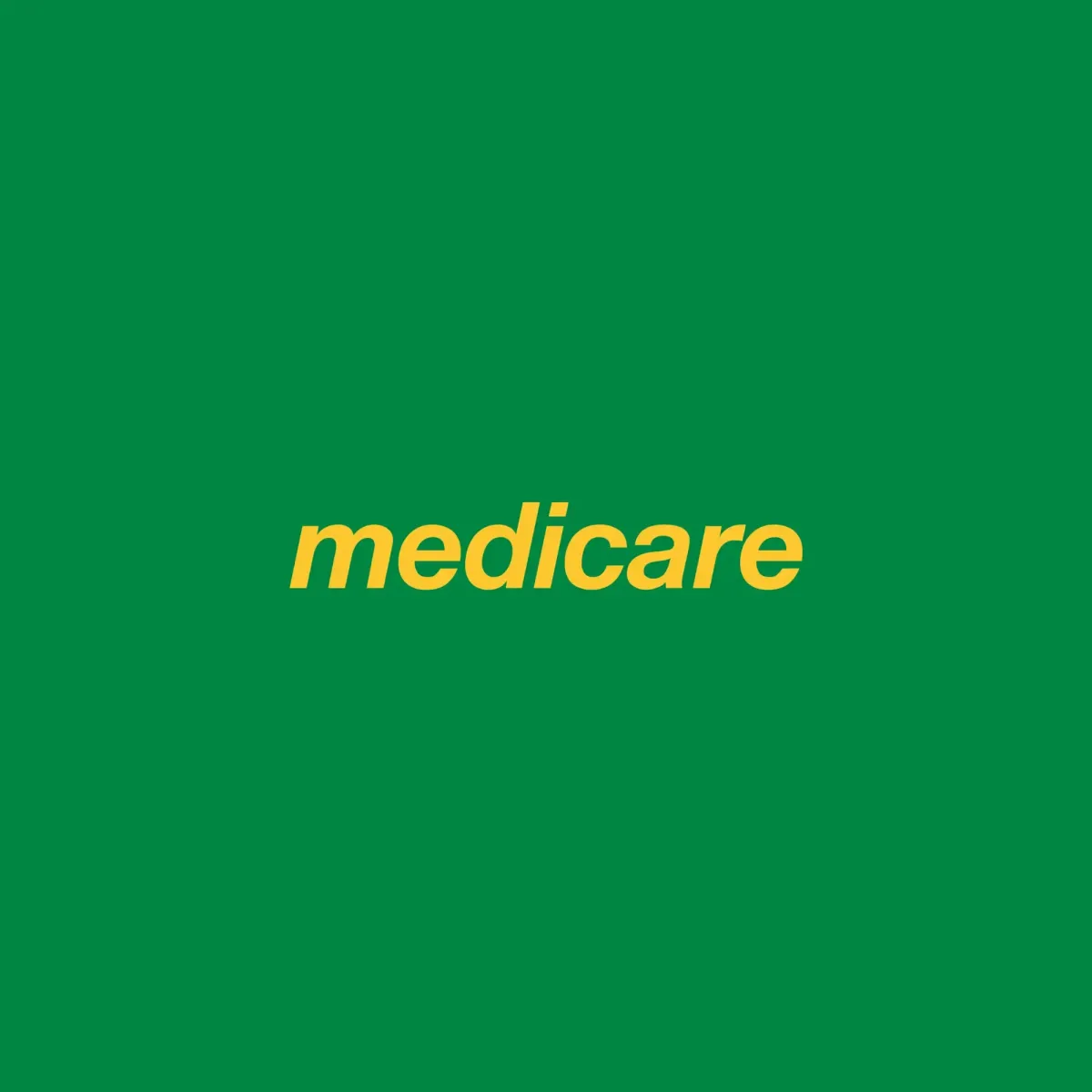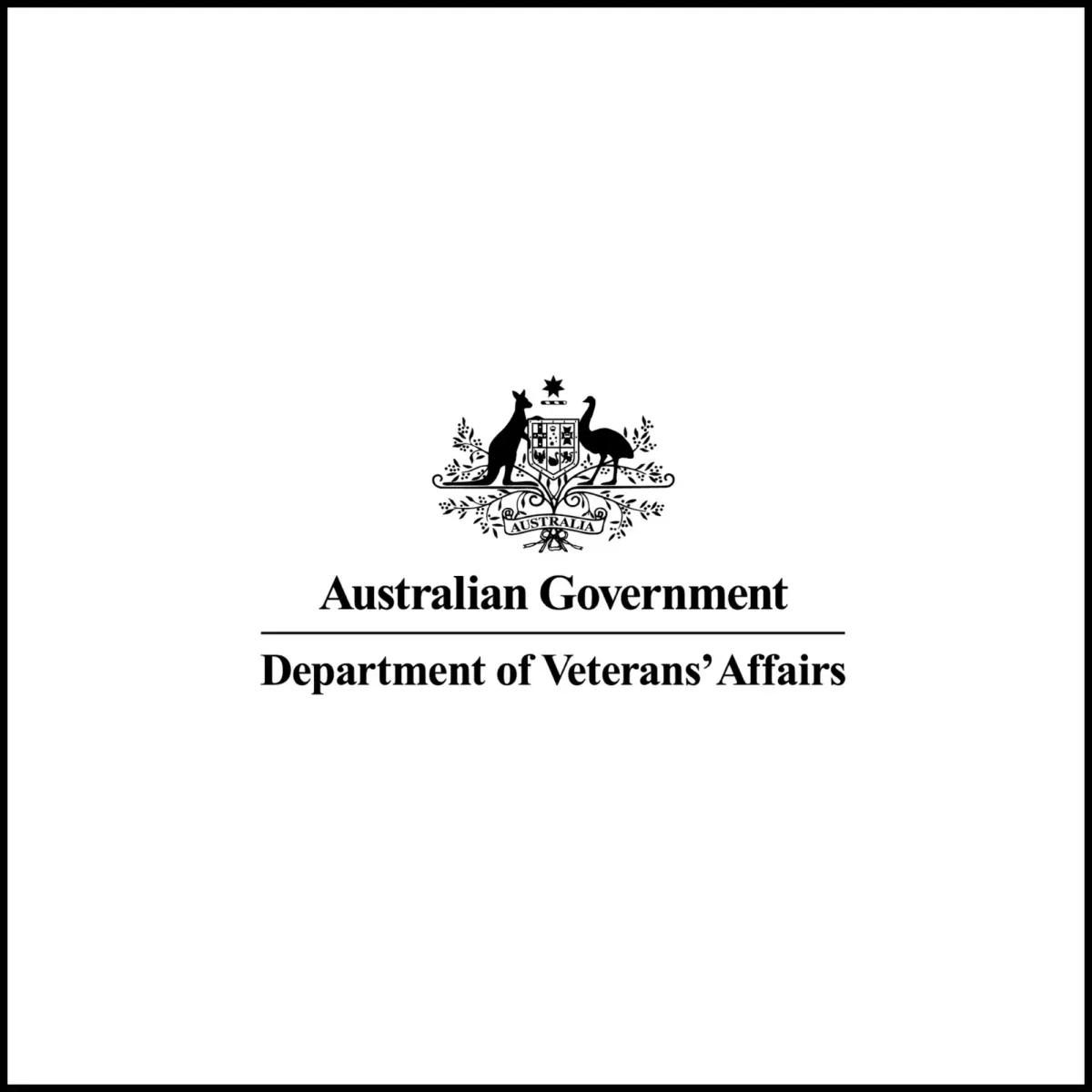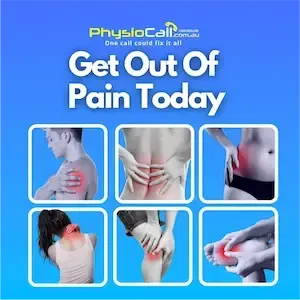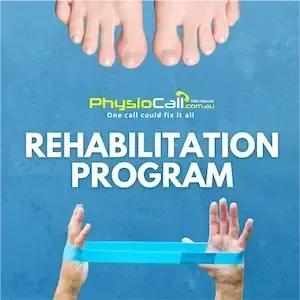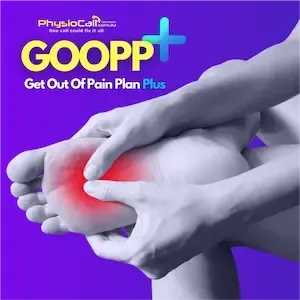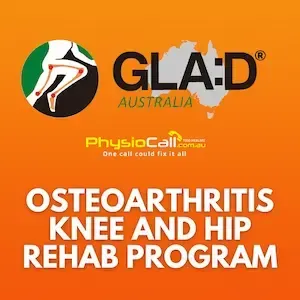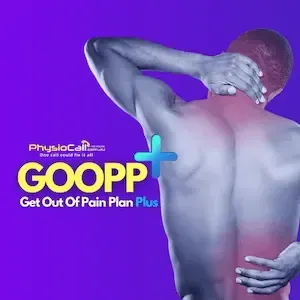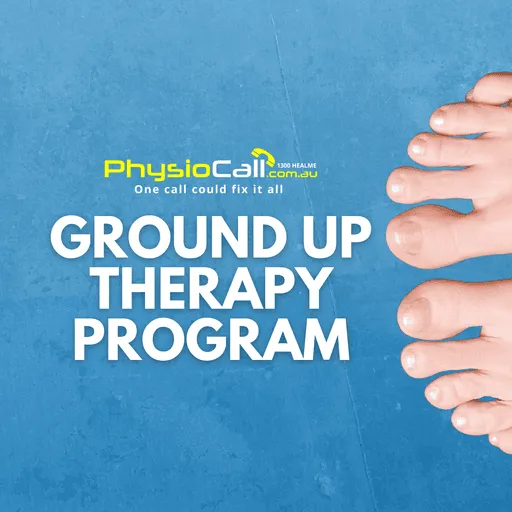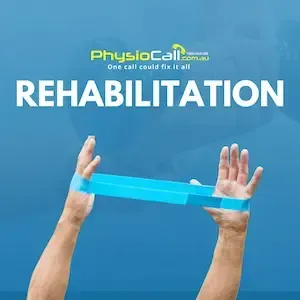Chinese Cupping
Chinese Cupping: The Ultimate Guide to This Ancient Therapy
Outline
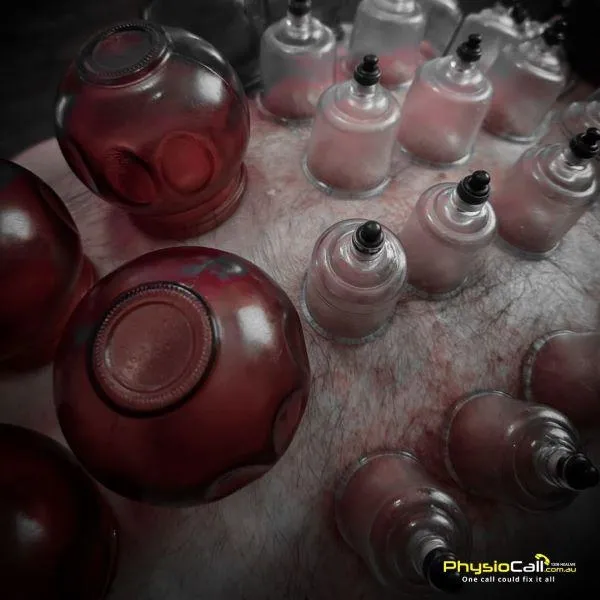
Introduction
At PhysioCall.com.au, we’re committed to offering holistic treatments that not only relieve pain but also promote long-term healing and well-being. One such therapy that has stood the test of time is Chinese Cupping. This ancient practice, rooted in traditional Chinese medicine (TCM), is widely used today to relieve muscle tension, improve circulation, and support recovery. But what exactly is Chinese Cupping, and how can it benefit you? In this guide, we’ll explore the history, techniques, benefits, and applications of this powerful therapy.
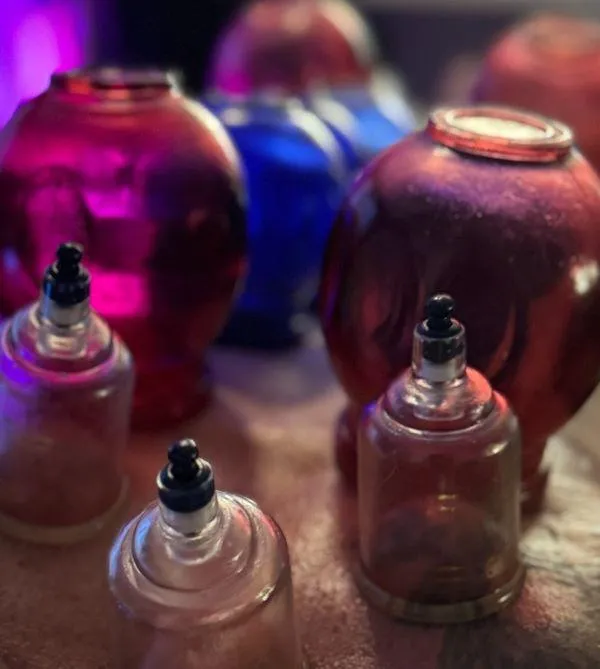
What is Chinese Cupping?
Chinese Cupping is a therapeutic technique that involves placing cups on the skin to create suction. This suction helps to improve blood flow, release muscle tension, and stimulate the body’s natural healing processes. The therapy is based on the principles of TCM, which view the body as a network of energy pathways (meridians). By applying suction to specific areas, cupping helps to unblock stagnant energy (Qi) and restore balance to the body.
History and Origins of Chinese Cupping
Cupping therapy dates back thousands of years, with its origins in ancient China, Egypt, and the Middle East. In traditional Chinese medicine, it was used to treat a variety of ailments, from respiratory issues to musculoskeletal pain. Over time, cupping has evolved into a widely recognized therapy, blending ancient wisdom with modern techniques to address a range of health concerns.
How Does Chinese Cupping Work?
Cupping works by creating a vacuum or suction effect on the skin. This suction pulls the skin and underlying tissues upward, which:
Increases blood flow to the area.
Releases muscle tension and tightness.
Promotes lymphatic drainage, helping to remove toxins and waste.
Stimulates the nervous system, encouraging relaxation and pain relief.
The therapy is typically performed using glass, silicone, or plastic cups, and the suction is created either by heat (fire cupping) or a pump mechanism.
Ready to Start Your Physio treatment in Gladstone?
Types of Cupping Therapy
1. Dry Cupping
This is the most common form of cupping, where cups are placed on the skin and left in place for a few minutes. It’s used to relieve muscle tension, improve circulation, and promote relaxation.
2. Wet Cupping
Also known as Hijama, this technique involves making small incisions on the skin before applying the cups. It’s believed to help remove toxins and stagnant blood from the body. Wet cupping is less common and typically performed by specialized practitioners.
3. Moving Cupping
In this variation, cups are moved across the skin after applying oil. This creates a massage-like effect, which is particularly effective for relieving muscle tightness and improving mobility.
4. Silicone Cupping
Silicone cups are flexible and allow for more control over the suction. This type of cupping is often used for gentler treatments, such as facial cupping or for individuals with sensitive skin.
Conditions Treated by Chinese Cupping
Cupping therapy is highly versatile and can be used to address a wide range of physical and health concerns.
Muscle and Joint Pain
Back and Neck Pain: Relieves tension and improves mobility.
Shoulder Pain: Reduces inflammation and promotes healing.
Arthritis: Eases joint stiffness and discomfort.
Sports Recovery
Muscle Soreness: Speeds up recovery after intense physical activity.
Injury Rehabilitation: Supports healing by improving blood flow to the affected area.
Stress and Tension
Headaches and Migraines: Alleviates tension and improves circulation to the head.
Stress Relief: Promotes relaxation and reduces stress-related muscle tightness.
Respiratory Issues
Coughs and Colds: Helps to clear congestion and improve breathing.
Asthma: May reduce symptoms by improving lung function and circulation.
Other Conditions
Digestive Issues: Stimulates the digestive system and relieves bloating.
Skin Health: Facial cupping can improve skin tone and reduce puffiness.
Programs
The Osteo Knee and Hip Program is a customized rehab plan based on physical therapy and exercise, combined with dietary support.
Dedicate yourself to receiving 5 pain relieving treatment physio sessions to reduce inflammation and injury, whilst improving symptoms and confidence. Fixed price physio with a discount.
A comprehensive approach designed to address the full spectrum of physical health needs, from injury prevention and management to strength and endurance training.
The Chinese Cupping Process
What to Expect During a Session
At PhysioCall, your cupping session begins with a consultation to assess your needs and goals. During the treatment:
Cups are placed on specific areas of your body, often on the back, shoulders, or legs.
Suction is created using heat or a pump, and the cups are left in place for 5–15 minutes.
For moving cupping, oil is applied to the skin, and the cups are gently moved to create a massage effect.
Duration and Frequency
Sessions typically last 20–30 minutes.
Depending on your condition, you may need weekly sessions or treatments spaced a few weeks apart.
Side Effects and Recovery
Cupping is generally safe, but you may notice temporary marks or bruises on the skin where the cups were applied. These marks are not painful and usually fade within a few days. There’s no downtime, so you can resume your normal activities immediately after treatment.
Benefits of Chinese Cupping
Relieves Pain and Tension: Effective for chronic pain, muscle tightness, and joint discomfort.
Improves Circulation: Enhances blood flow to promote healing and reduce inflammation.
Supports Recovery: Speeds up recovery from injuries and intense physical activity.
Reduces Stress: Encourages relaxation and relieves stress-related tension.
Boosts Immune Function: Stimulates the lymphatic system to help remove toxins and support overall health.
Chinese Cupping vs. Other Therapies
Comparison with Massage Therapy
While massage focuses on kneading and manipulating muscles, cupping uses suction to target deeper layers of tissue. Both therapies complement each other and can be combined for enhanced results.
Comparison with Acupuncture
Acupuncture uses needles to stimulate specific points, while cupping creates suction to improve circulation and release tension. Both are rooted in TCM and can be used together for a holistic approach to healing.
Cost-Effectiveness
Cupping is a cost-effective therapy that can provide long-term relief, reducing the need for ongoing treatments or medications.
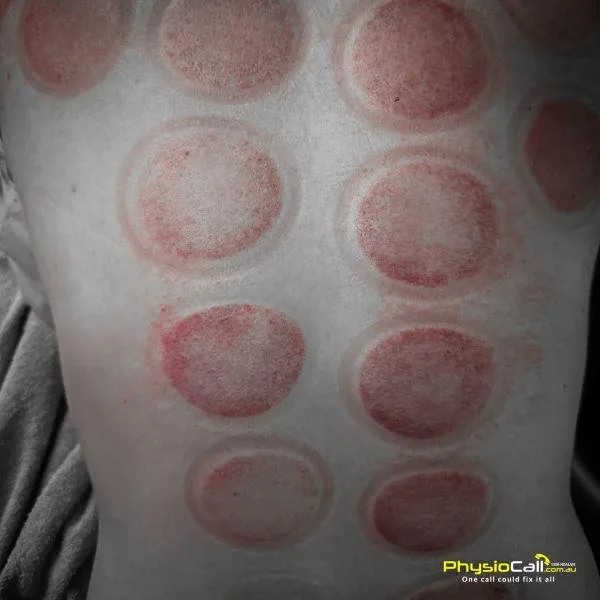
Who Can Benefit from Chinese Cupping?
Athletes: Relieves muscle soreness and supports recovery.
Office Workers: Eases neck and shoulder tension caused by prolonged sitting.
Individuals with Chronic Pain: Provides relief for conditions like arthritis or back pain.
People with Stress or Fatigue: Promotes relaxation and boosts energy levels.
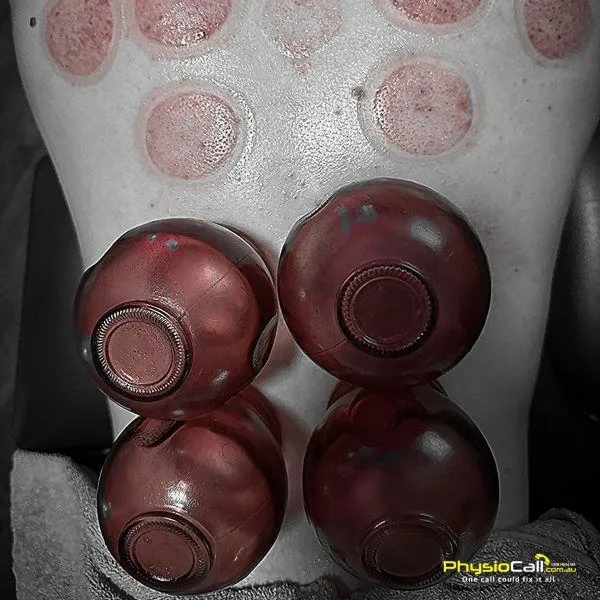
Risks and Considerations
Who Should Avoid Cupping?
Individuals with blood clotting disorders or on blood-thinning medications.
Pregnant women (consult your healthcare provider first).
People with open wounds, skin infections, or severe skin conditions.
Potential Side Effects
Temporary bruising or redness.
Mild tenderness in the treated area.
At PhysioCall, we ensure that all treatments are tailored to your individual needs and performed safely by trained professionals.
How to Choose a Cupping Practitioner
Qualifications and Experience: Look for a practitioner trained in cupping therapy and physiotherapy.
Hygiene and Safety: Ensure the clinic follows strict hygiene protocols.
Patient Reviews: Check testimonials to gauge the practitioner’s expertise and client satisfaction.
Our Expert Team
Our experienced team at PhysioCall.com.au Gladstone is dedicated to providing high-quality service and personalized care to each of our clients. As primary health care professionals, no Doctor referral is required. Book an appointment online to see us today.
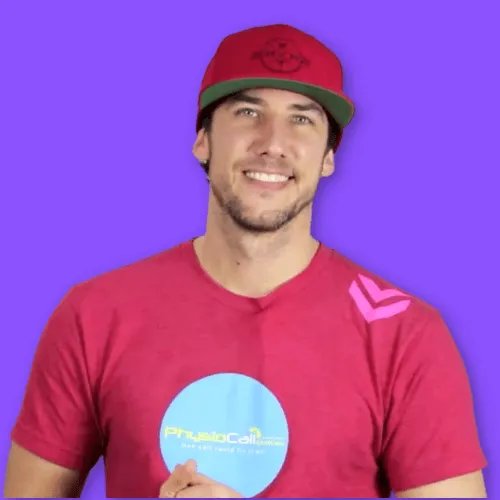
Joshua Iaquinto
Gladstone Physiotherapist
16+ years

Joshua Hughes
Gladstone Physio
3+ years
Conclusion
Chinese Cupping is a time-tested therapy that offers a wide range of benefits, from relieving pain and tension to improving circulation and promoting relaxation. Whether you’re an athlete recovering from a workout, an office worker dealing with stress, or someone managing chronic pain, cupping can be a powerful addition to your wellness routine. At PhysioCall, we combine traditional techniques with modern expertise to provide safe, effective, and personalized treatments.
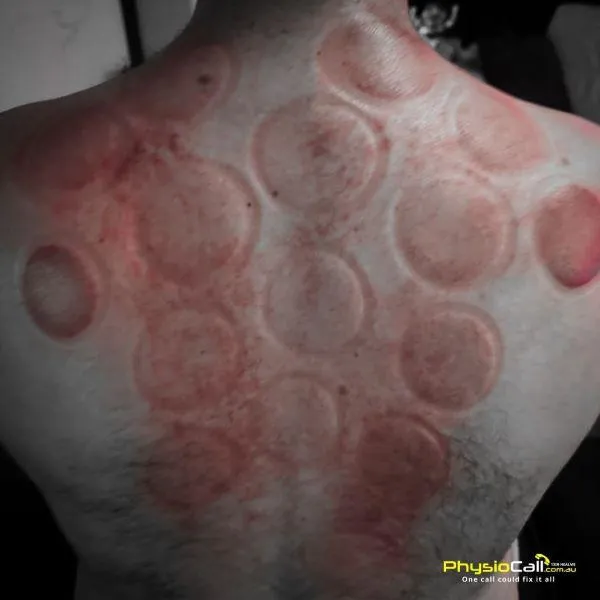
Locations
PhysioCall.com.au
25 Philip Street, South Gladstone Queensland 4680, Australia
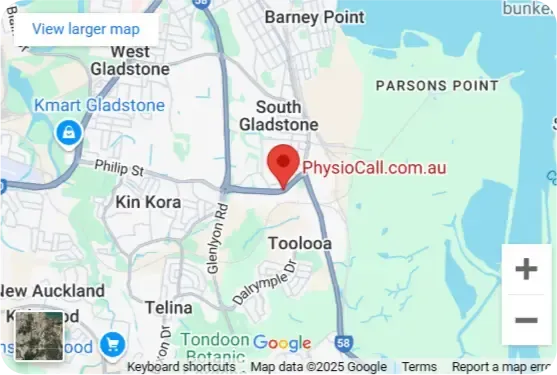
FAQs
Does cupping hurt?
Cupping is generally painless, though you may feel a pulling or suction sensation during the treatment. Temporary marks or bruises may appear but are not painful.
How often should I have cupping therapy?
For most conditions, weekly sessions are recommended initially, followed by maintenance treatments as needed.
Can I combine cupping with other treatments?
Yes, cupping can complement other therapies like massage, acupuncture, or physiotherapy for enhanced results.
Is cupping safe for everyone?
Cupping is safe for most people, but consult your healthcare provider if you have specific medical conditions or concerns.
What should I do after a cupping session?
Stay hydrated, avoid strenuous activity, and keep the treated area warm to maximize the benefits of your session.
25 Philip Street, South Gladstone, QLD, 4680 Australia
07 4962 0411 (Customer Support)

